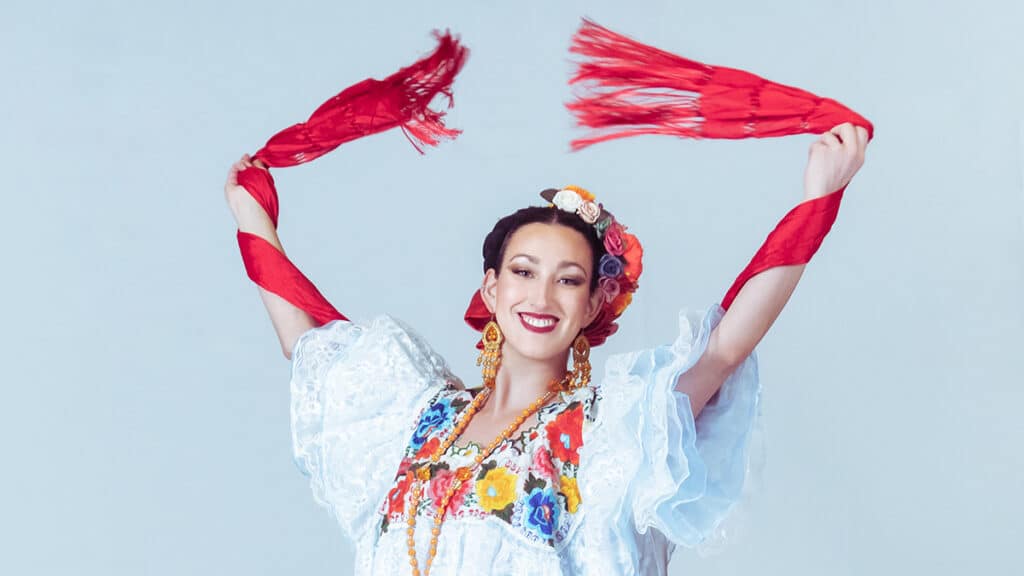
Ballet Nepantla “Nacimiento” is a Mexican holiday folkloric ballet about the birth of the Mexican people from Indigenous and Spanish roots, and Mexico’s unique Christmas traditions, such as the Posada, that developed from this union.
Ballet Nepantla “Nacimiento” in New York City
Ailey Citigroup Theater
Ballet Nepantla “Nacimiento,” a Mexican folkloric ballet about the birth of Mexican holiday traditions from a blend of Méxica (Aztec) and Spanish traditions; is at the Ailey Citigroup Theater in Hell’s Kitchen, Manhattan; on Wednesday, December 4, 2024, at 8pm. From $24. 🇲🇽 🎄
Queens Theatre
Ballet Nepantla “Nacimiento,” a Mexican folkloric ballet about the birth of Mexican holiday traditions from a blend of Méxica (Aztec) and Spanish traditions; has its World Premiere at the Queens Theatre in Flushing Meadows Corona Park; on Friday, December 22, 2023 at 8pm. From $22. queenstheatre.org 🇲🇽
Andrea Guajardo on “Nacimiento”
What is special about this show?
“Nacimiento grapples with the idea of the birth of a new people, the mestizaje in the New World. It explores untold histories that give meaning to the modern Christmas and Christianity in Mexico and Greater Mexico. It looks at Indigenous traditions and celebrations that existed before the European conquest, and positions those practices as a significant predicate to the emergence of the modern Christmas. All this is done by fusing Indigenous dance forms with classical and contemporary ballet, Afro, and Mexican folklórico.”
Why is it important to you or NYC’s Mexican community?
The Mexican community in New York yearns to know more about its historical identity, its cultural antecedents, and is in constant need of cultural affirmation. Through “Nacimiento,” and other performances, Ballet Nepantla plays the role of cultural ambassador.
The Mexican Christmas Story
In Mexico, we know these stories well, but in the United States, less so.
We don’t know if it is in the ballet, but it’s worth mentioning that on the solstice, the prehistoric root of all modern holiday traditions, the Méxica (Aztecs) celebrated Huītzilōpōchtli, their sun god and patron. So this time of year was already important to the Méxica, before the Spanish came. By the way the 2023 solstice is December 21, the night before the “Nacimiento” World Premiere. There is also a correlation between the sun, the life giver, and Christianity’s Father, Son, and Holy Spirit. Our similarities are much more striking than our differences.
There is La Malinche, the Nahua interpreter who worked for the chief Spanish criminal Hernán Cortés, and bore his son, considered the very first Latin. Some respect her, some call her a traitor, but as an enslaved woman, what choice did she have?
There is Juan Diego, the Chichimec peasant whose Marian vision gave birth to La Virgen de Guadalupe on December 12, 1531. You may think Marian visions are silly, until you see one for yourself, and later realize how the experience marked significant changes in your life. It’s a big deal.
There is Guadalupe herself, the iconic patron saint of Mexico and mixed-race peoples of the Americas. The Mexican people love her because she reconciles the two sides of our multicultural heritage. We don’t have to chose one or the other. We just chose Guadalupe.
Méxica
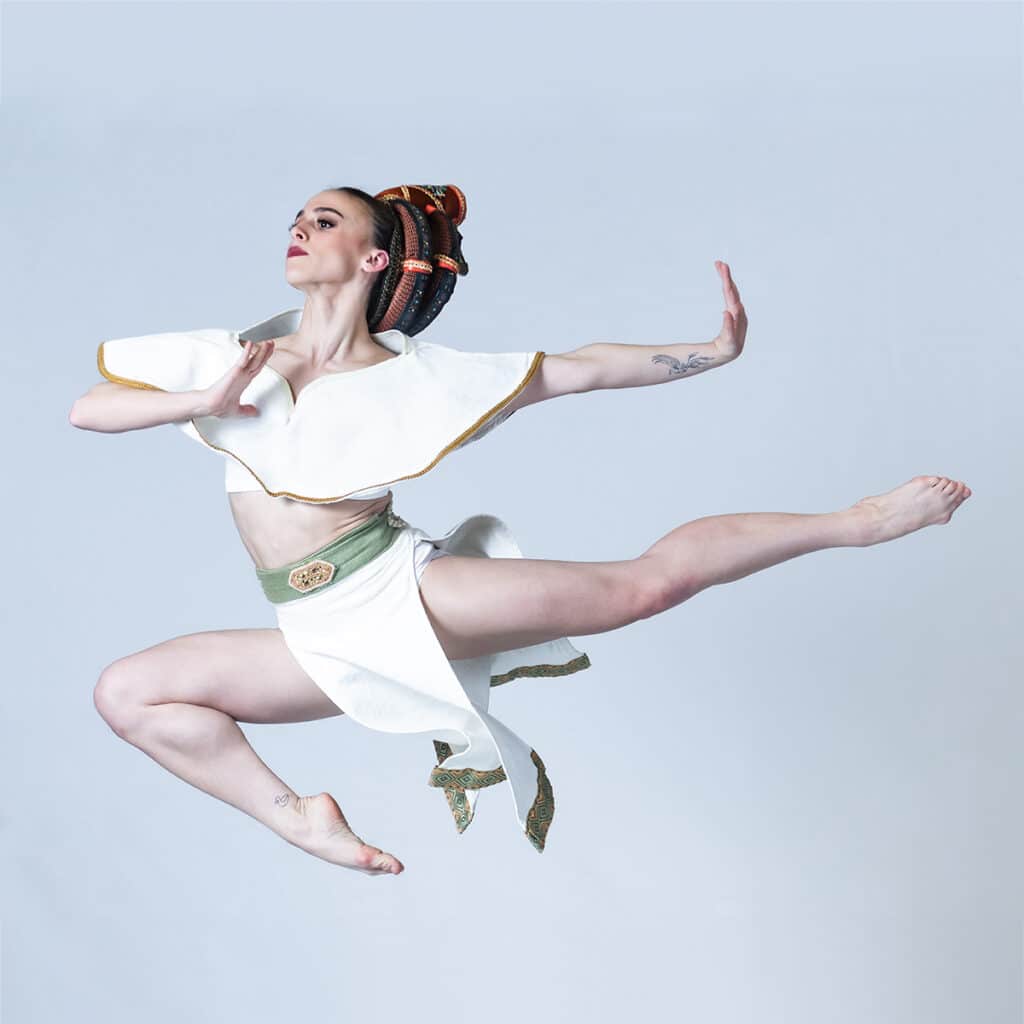
And Spaniard
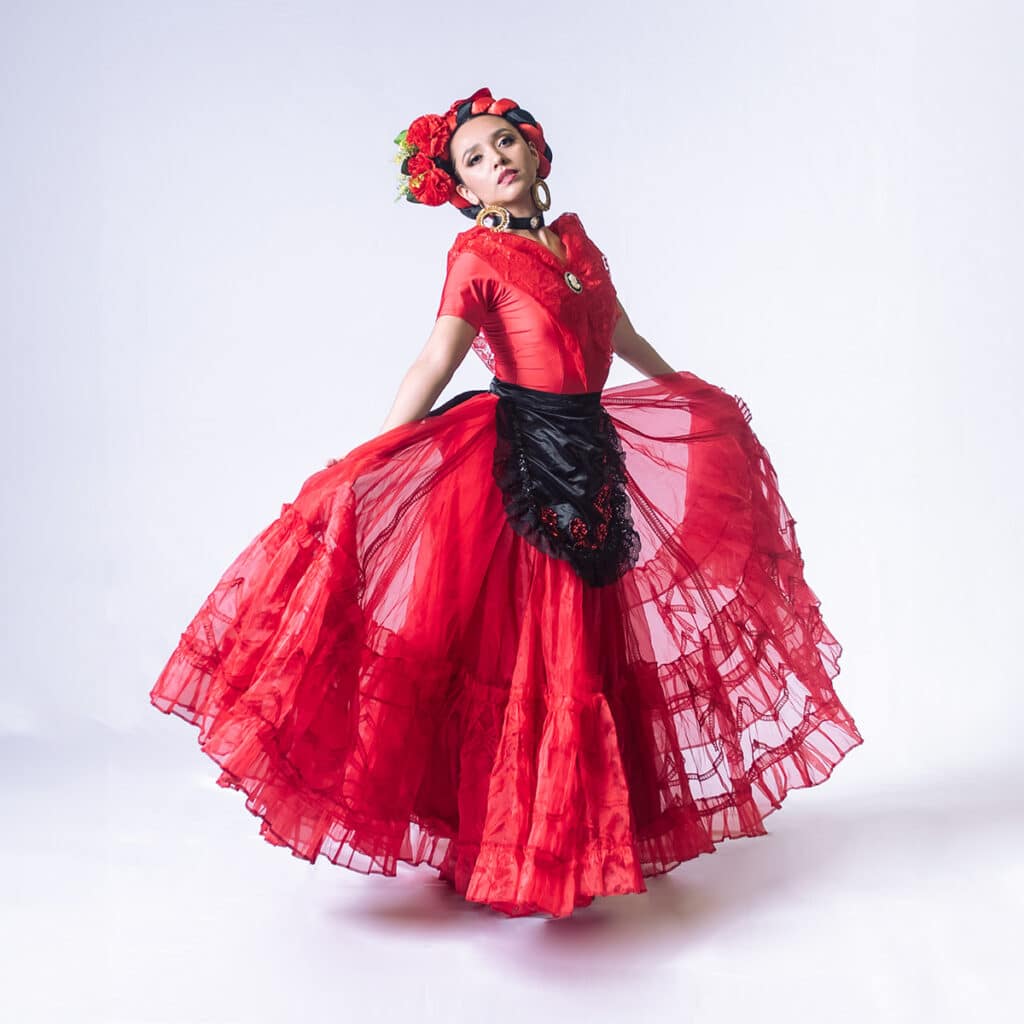
Gave Birth to Guadalupe
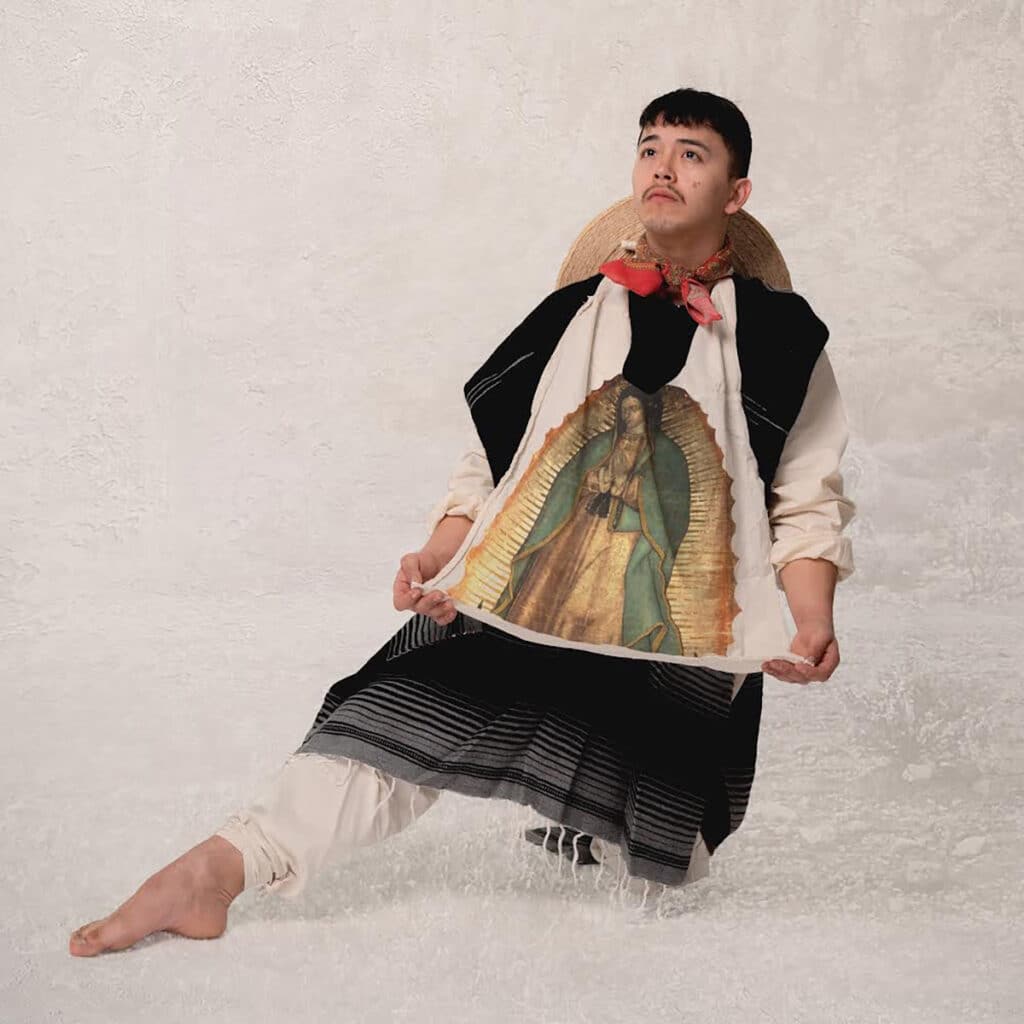
And the Mexican People 🇲🇽
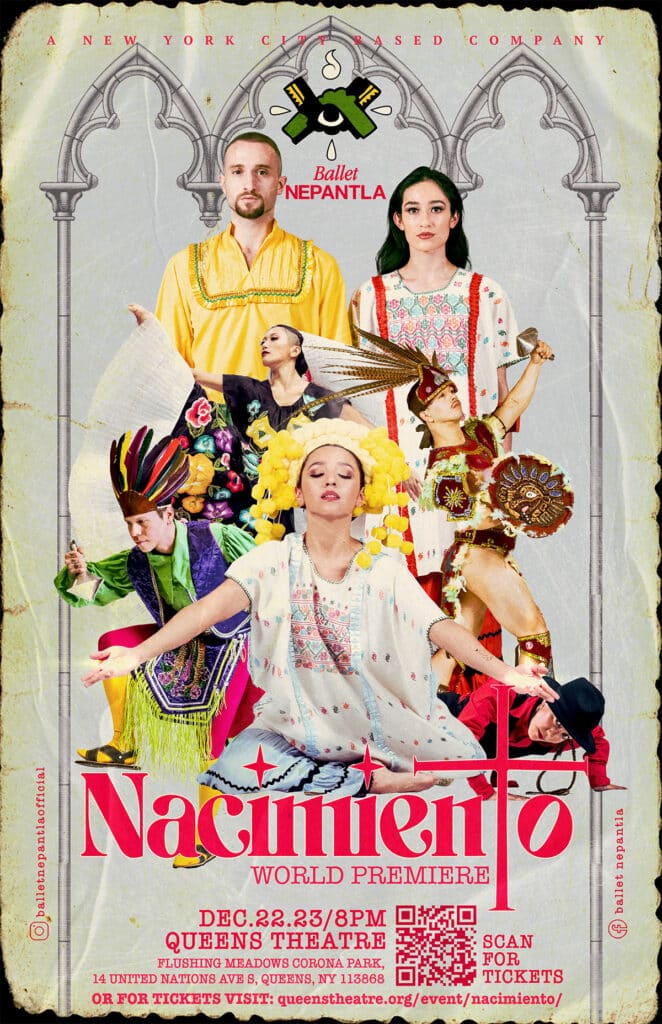
More Ballet Nepantla
